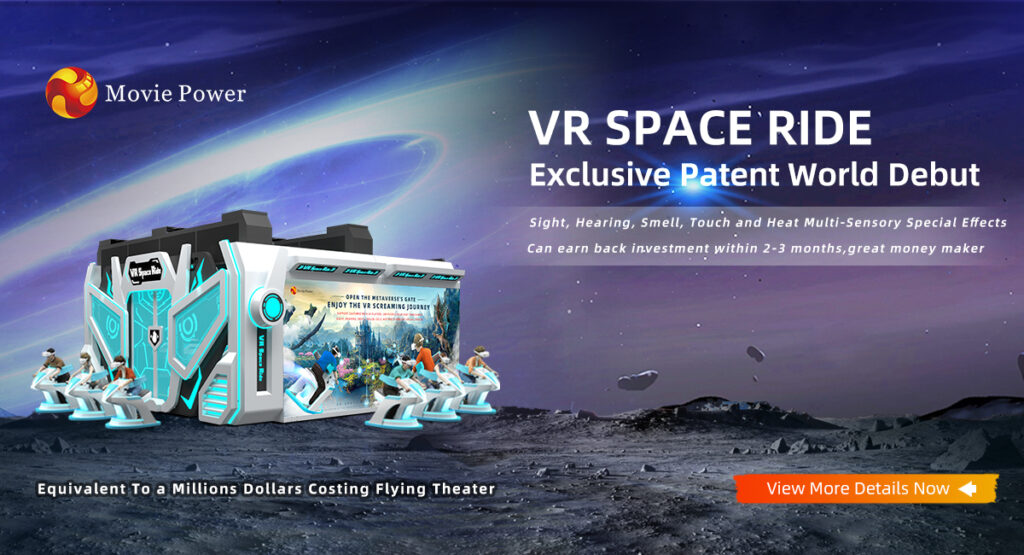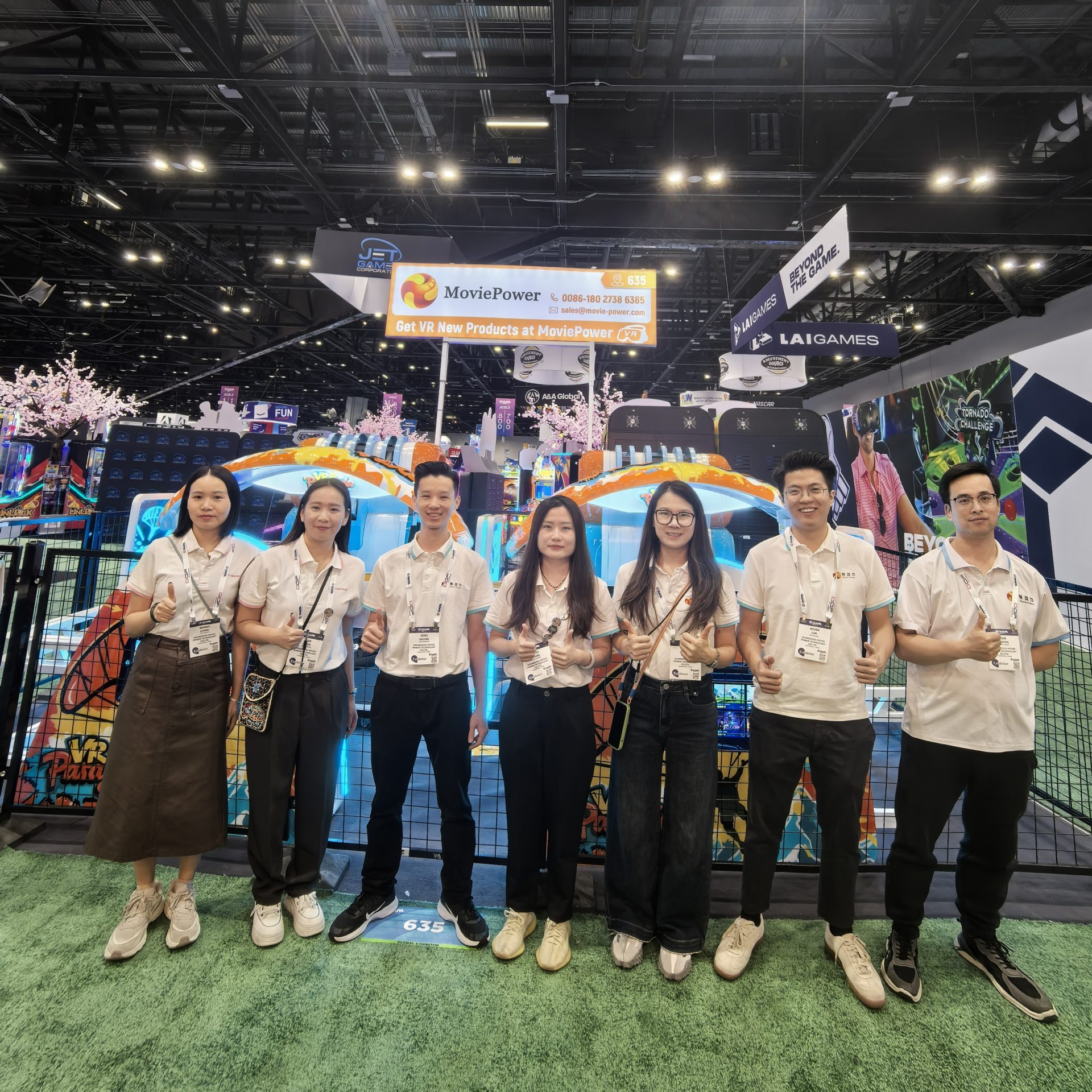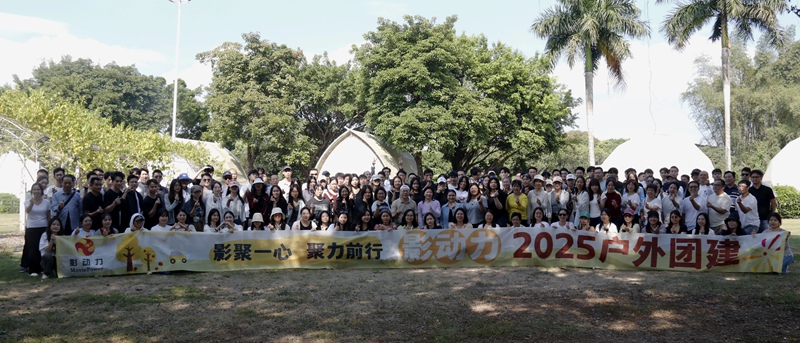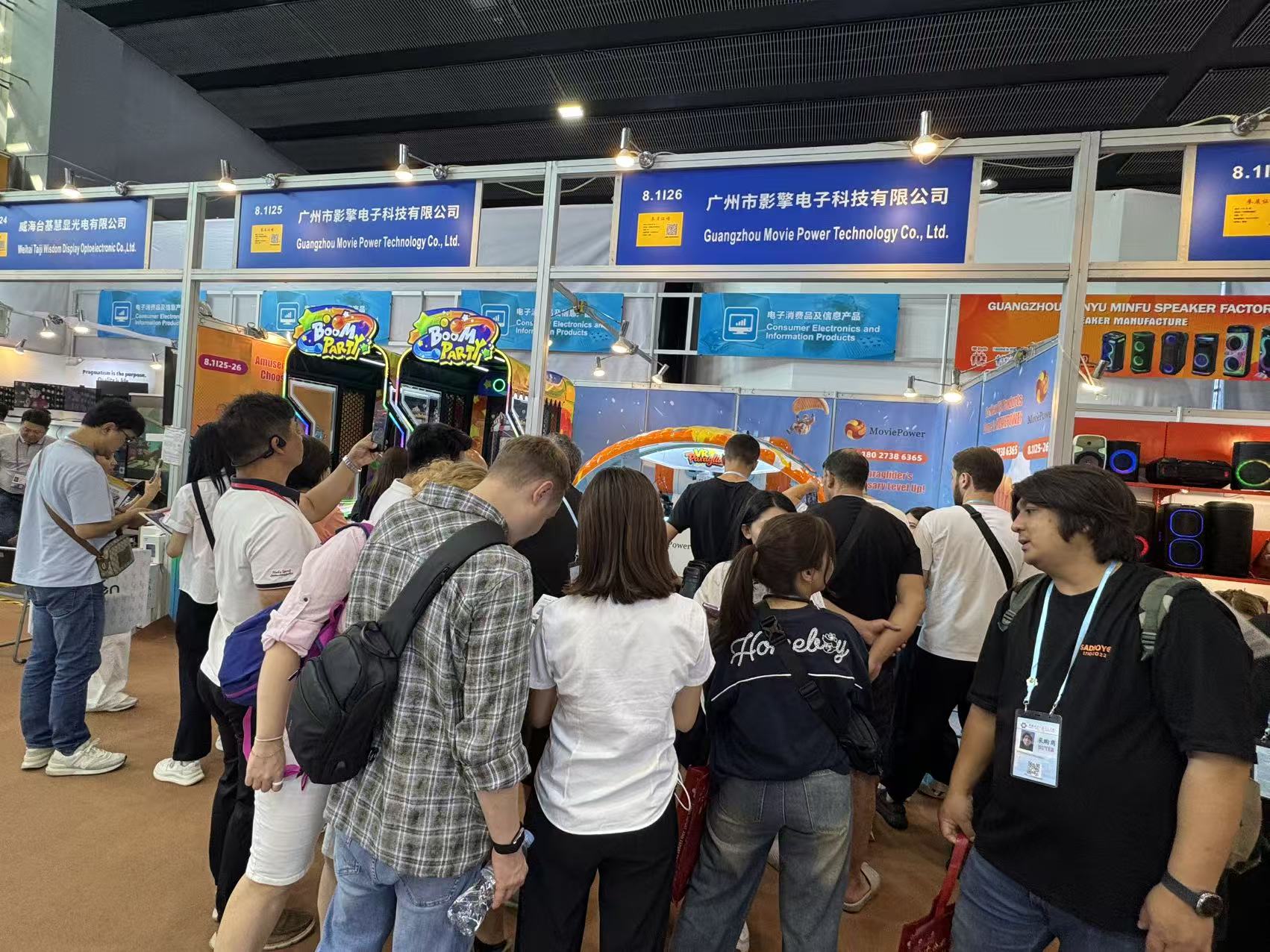Realidad virtual (realidad virtual) ha surgido como una tecnología innovadora que ha transformado varias industrias, y la industria cinematográfica no es una excepción. incorporando VR en películas presenta un nuevo ámbito de posibilidades tanto para cineastas como para entusiastas del cine..
en este blog, Exploraremos cómo la realidad virtual se integra en la industria cinematográfica y cómo afecta al sector..
¿Qué es la realidad virtual?

La realidad virtual se puede definir como un entorno generado por computadora que simula una experiencia realista., A menudo implica sensaciones visuales y auditivas.. Soluciones de realidad aumentada y realidad virtual han logrado avances significativos en los últimos años, permitiendo a los usuarios interactuar con el mundo virtual y sumergirse en una experiencia verdaderamente inmersiva. Desde salas de cine 4D con asientos móviles hasta los mejores sistemas de realidad virtual, Las posibilidades de la realidad virtual en la industria cinematográfica son ilimitadas..
¿Cómo evoluciona en las cinemáticas??
La tecnología de realidad virtual ha recorrido un largo camino en lo que respecta a experiencias cinematográficas..
Desde cines 5D hasta Cines VR 9D, La industria cinematográfica ha explorado varias vías para mejorar la inmersión del espectador.. Estas tecnologías tienen como objetivo proporcionar una mayor experiencia multidimensional y atractiva que va más allá de lo que el cine tradicional puede ofrecer.
Con los avances en las empresas de VR, Los cineastas ahora tienen acceso a herramientas y técnicas de vanguardia para crear mundos virtuales cautivadores que difuminan la línea entre la realidad y la ficción..
El potencial de la realidad virtual
La realidad virtual tiene un inmenso potencial en la industria cinematográfica, permitiendo a los cineastas crear experiencias inmersivas que cautiven al público como nunca antes. Crear experiencias inmersivas en realidad virtual puede transportar a los espectadores a mundos diferentes y permitirles experimentar historias de una manera completamente nueva..
El poder de la inmersión y la participación activa en cine con asientos de movimiento puede revolucionar la forma en que se cuentan y experimentan las historias, hacer que la visualización pasiva tradicional de películas sea cosa del pasado.
El poder de la inmersión
Como Empresas de desarrollo de AR VR como Movie Power se están volviendo más fuertes, Los cineastas ahora pueden crear experiencias inmersivas que transporten a los espectadores a mundos diferentes..
De 4D asientos móviles de cine que imitan la acción en pantalla hasta elementos interactivos que involucran los sentidos, Las películas de realidad virtual pueden crear una experiencia verdaderamente cinematográfica que va más allá de lo que pueden ofrecer las películas tradicionales..
La realidad virtual tiene la capacidad única de sumergir a los espectadores en una narrativa., permitiéndoles sentirse participantes activos en la historia. La mayor sensación de presencia y realismo que proporciona la realidad virtual puede evocar emociones poderosas y mejorar la experiencia general de ver películas.. Colocando al público en el centro de la acción., Las películas de realidad virtual tienen el potencial de dejar un impacto duradero en los espectadores.
De la participación pasiva a la activa
Las películas de realidad virtual ofrecen un cambio de la visualización pasiva de películas a la participación activa. Los espectadores pueden interactuar con el entorno virtual., tomar decisiones que afecten la historia, e incluso convertirse ellos mismos en personajes. Este nivel de interactividad y compromiso permite Narración personalizada y dinámica., creando una experiencia única para cada espectador.
Un caso de realidad virtual en las películas
Numerosos estudios de casos han demostrado la exitosa integración de la realidad virtual en la industria cinematográfica..
El desarrollo de sistemas avanzados de realidad virtual., como el poder de la película, un proveedor profesional de soluciones de realidad virtual, aborda estos desafíos proporcionando soluciones de hardware y software adaptadas para la realización de películas en realidad virtual.
Movie Power proporciona simulador de teatro espacial vr y sillas de cine 4D multifuncionales para 2 a 6 asientos en grupo para asegurar la diversión en familias numerosas y amigos. Además, ofrece varios temas y efectos de películas, incluyendo cosquillas en la espalda, iluminación, lluvia, niebla, nieve, burbujas, oler, etcétera. Incluso puedes personalizar los a tus áreas en esta empresa de vr.

Transición del cine tradicional a la realidad virtual
A medida que la realidad virtual continúa ganando popularidad, Muchos cineastas están explorando la transición del cine tradicional a la realidad virtual.. La escritura de guiones para realidad virtual presenta desafíos únicos, ya que la narrativa debe tener en cuenta la naturaleza interactiva e inmersiva del medio. Además, Los directores deben adaptar las técnicas de composición y encuadre de las tomas para guiar la atención de la audiencia dentro del entorno virtual..
Escritura de guiones para realidad virtual
Escribir guiones para realidad virtual requiere alejarse de la narración lineal, con un enfoque en la creación de narrativas ramificadas y múltiples caminos de historias que los espectadores pueden explorar. La naturaleza no lineal de la narración en realidad virtual permite experiencias personalizadas y diferentes resultados de la historia según las elecciones del espectador..
Dirección y composición del tiro.
En el cine de realidad virtual, Los directores deben considerar cómo guiar la atención del espectador dentro del entorno virtual.. Es posible que las técnicas de encuadre tradicionales no se traduzcan bien en la realidad virtual, ya que los espectadores tienen la libertad de mirar en cualquier dirección. Los directores deben experimentar con nuevas técnicas., como sonido espacial y señales visuales, Dirigir el enfoque de la audiencia dentro del mundo virtual..
Qué significa la realidad virtual para los cinéfilos

Para cinéfilos, La realidad virtual abre un mundo completamente nuevo de posibilidades. Experiencias teatrales aumentadas, como asientos de cine interactivos, Ofrecer una experiencia cinematográfica mejorada que va más allá de la pantalla.. Además, La llegada de los sistemas de realidad virtual domésticos permite a los entusiastas del cine disfrutar de películas inmersivas desde la comodidad de sus propios hogares..
Experiencias de teatro aumentadas
Asientos de cine interactivos integrar sensaciones físicas con la acción en pantalla, agregando una capa adicional de inmersión a la experiencia de ver películas. Estos elementos interactivos permiten a los espectadores sentir vibraciones., movimientos, y otras señales físicas que mejoran su conexión con el mundo virtual.
Inicio Sistemas de realidad virtual
Sistemas de realidad virtual para el hogar, como asientos de cine interactivos, permitir a los entusiastas del cine disfrutar de experiencias inmersivas desde la comodidad de sus hogares. Con la disponibilidad de Auriculares y contenido de realidad virtual asequibles, Los espectadores pueden explorar mundos virtuales y ver películas en realidad virtual cuando les convenga..
El desafío de integrar la realidad virtual en la realización cinematográfica
Si bien la realidad virtual presenta posibilidades interesantes, Hay desafíos que enfrentan los cineastas al integrar la realidad virtual en el proceso cinematográfico tradicional.. Superar los obstáculos técnicos y garantizar la comodidad del espectador son esenciales para una experiencia de realidad virtual perfecta.
Obstáculos técnicos
Integrar la realidad virtual en el cine requiere superar desafíos técnicos, como unir varias transmisiones de cámara para crear una vista perfecta de 360 grados.
Además, La representación de contenido de realidad virtual realista y de alta calidad requiere una potencia computacional significativa..
Las empresas de AR y VR desempeñan un papel crucial en el desarrollo de las herramientas y tecnologías necesarias para superar estos obstáculos técnicos..
Malestar físico
Las películas de realidad virtual pueden provocar desorientación e incomodidad en los espectadores debido a la naturaleza inmersiva de la experiencia..
Los cineastas deben considerar cuidadosamente la comodidad del público., Minimizar el mareo y la incomodidad mientras se mantiene una narrativa inmersiva..
Riesgos potenciales de las películas de realidad virtual
Si bien las películas de realidad virtual ofrecen posibilidades interesantes, Es necesario abordar algunos riesgos y desafíos potenciales..
- Malestar físico: Las películas de realidad virtual requieren que las personas usen auriculares, que puede causar molestias, incluyendo dolores de cabeza, mareo, y mareos. Esto puede limitar la duración de la visualización o disuadir a algunas personas de experimentar películas en realidad virtual por completo..
- Accesibilidad limitada: No todo el mundo tiene acceso a la tecnología de realidad virtual, como auriculares o el hardware necesario para respaldar las experiencias de realidad virtual., que puede limitar el alcance y la distribución de películas de realidad virtual.
- Técnicas de narración limitadas.: Las películas de realidad virtual a menudo se basan en un punto de vista en primera persona., lo que limita las técnicas tradicionales de realización cinematográfica como la edición y el encuadre. Esto puede suponer un desafío a la hora de crear narrativas convincentes que atraigan al público..
- Limitaciones técnicas: Las películas de realidad virtual todavía están limitadas por limitaciones técnicas como la resolución y la calidad de la pantalla., que puede no igualar el nivel de realismo que se encuentra en las películas tradicionales. Esto puede afectar la experiencia visual general y la inmersión..
- Cuestiones de propiedad intelectual: A medida que las películas de realidad virtual se vuelven más populares, Puede haber mayores preocupaciones sobre la infracción de derechos de autor y la protección de la propiedad intelectual., especialmente con el potencial de distribución no autorizada y piratería..
- Desafíos legales y de seguridad: Las películas de realidad virtual a menudo requieren que las personas estén completamente inmersas en el entorno virtual., que pueden suponer riesgos potenciales para la seguridad, como lesiones debidas a reacciones físicas o accidentes causados por la falta de conciencia del entorno del mundo real. Los cineastas y creadores pueden enfrentar desafíos legales para garantizar la seguridad de los espectadores y evitar posibles responsabilidades..
- Los cineastas y las empresas de desarrollo de AR VR deben priorizar la seguridad y el bienestar del usuario al crear contenido de realidad virtual..
El futuro: Predicciones y posibilidades
Mirando hacia el futuro, El futuro de las películas de realidad virtual encierra numerosas predicciones y posibilidades.. Las técnicas avanzadas de narración a través de la realidad virtual pueden crear narrativas profundamente inmersivas e interactivas.. Además, Combinar la realidad virtual con la IA puede revolucionar la industria cinematográfica al brindar experiencias personalizadas adaptadas a las preferencias de cada espectador..
Narración avanzada a través de la realidad virtual
Con los avances en la tecnología VR, Los cineastas pueden explorar técnicas narrativas avanzadas que aprovechan las capacidades únicas del medio..
De narrativas no lineales a elementos interactivos, La realidad virtual abre nuevas vías para crear historias convincentes y personalizadas.
VR combinada con IA
Combinando la realidad virtual con la inteligencia artificial, Los cineastas pueden crear experiencias cinematográficas personalizadas basadas en preferencias individuales y comentarios.
Los mejores sistemas de realidad virtual equipados con Algoritmos de IA Puede analizar los datos del espectador para adaptar la narrativa., personajes, e incluso el estado de ánimo general de la película para resonar en cada espectador.
Conclusión
En conclusión, La realidad virtual tiene el potencial de revolucionar la industria cinematográfica, permitiendo experiencias inmersivas y participación activa de los espectadores.
Si bien existen desafíos para integrar la realidad virtual en la realización cinematográfica, avances en la tecnología y la dedicación de Proveedores de soluciones AR VR como MoviePower están allanando el camino para un futuro en el que las películas de realidad virtual se conviertan en una parte integral de la experiencia cinematográfica.
A medida que la realidad virtual continúa evolucionando, Podemos esperar un futuro emocionante lleno de narraciones innovadoras y emocionantes aventuras virtuales..



